Chandraghona, Sep 19 (V7N)- Karnaphuli Paper Mills (KPM), the largest paper mill in Bangladesh and once one of Southeast Asia's most prominent, has resumed production after a nearly two-month shutdown caused by a raw material shortage. KPM's Managing Director, Md. Abdul Hakim, confirmed that paper production recommenced on Wednesday night, marking the end of a challenging period that began on July 20.
The prolonged shutdown, which was attributed to various crises, including the shortage of raw materials, had put a significant strain on the mill's operations. However, after overcoming these hurdles, KPM has now resumed production, bringing relief to its workers and management.
Abdul Razzak, President of the KPM Employees' Council (CBA), expressed his gratitude to all parties involved in getting the mill back on track. "On behalf of all the workers, we sincerely thank the industrial advisers, BCIC authorities, and KPM management. We hope the mill will soon return to full production and once again become a profitable enterprise," Razzak said.
Before production resumed, the KPM CBA organized a human chain demonstration on September 12, urging the authorities to restart the mill's operations, highlighting the critical role KPM plays in the region's economy and employment.
Founded in 1951 under the Pakistan Industrial Development Corporation, Karnaphuli Paper Mills was once the largest paper mill in Asia. Located in Chandraghona, Kaptai, Rangamati, the mill was built at a cost of 67.57 million rupees and became operational in 1953 with an initial annual production capacity of 30,000 tonnes. It was established with the assistance of several countries, including the USA, the UK, Germany, Sweden, and Italy, and also benefited from a loan provided by the World Bank.
In its early years, the mill employed around 30,000 workers, playing a vital role in the region's economic development. However, in 1964, the Dawood Group of Pakistan took over KPM, modernizing and enhancing production until 1971. Following the Bangladesh Liberation War, KPM became an abandoned property and was taken over by the Bangladesh Industrial Development Corporation (BIDC), which restructured its operations and sought new markets for its products.
Throughout the 1970s and 1980s, KPM faced numerous challenges, including the limited availability of raw materials and financial instability. In 1976, the Bangladesh government launched a restructuring plan to address these issues. Experts from India, Sweden, the USA, and Japan were brought in to improve KPM's efficiency, and a major restructuring took place in the early 1980s to cut production costs and boost output.
By 1991, KPM had regained some of its former strength and even began exporting paper to foreign markets. At that time, the mill employed over 4,000 workers and had an installed capacity of 33,000 tonnes, with actual production reaching 30,216 tonnes in 1990-91.
Despite these successes, production levels fluctuated in subsequent years, with the mill producing 24,201 tonnes in 2009-10. Raw materials for KPM primarily come from fibrous wood and bamboo from Chittagong and the Chittagong Hill Tracts, supplemented by pulp from the Sylhet Pulp and Paper Mill and imports from abroad.
While the mill is equipped with several essential facilities, such as a solar-to-gas power plant, water treatment facilities, a research and development center, and a recovery wing, many of these sectors have become non-functional over the years. Despite this, the recent resumption of production offers a glimmer of hope for KPM and its workers.
As KPM aims to return to full-scale production, the mill’s management and workers are optimistic about its future prospects, hoping to overcome past challenges and restore the paper mill to its former glory.
END/AM/AJ



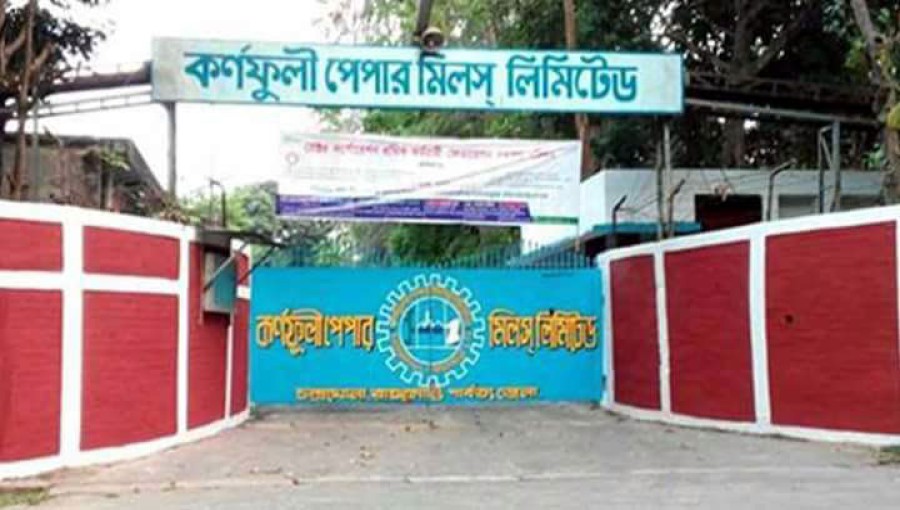
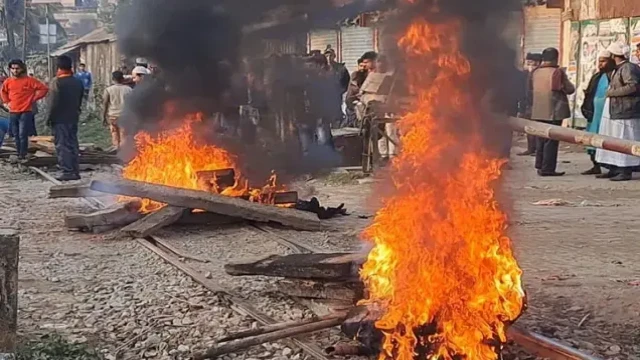
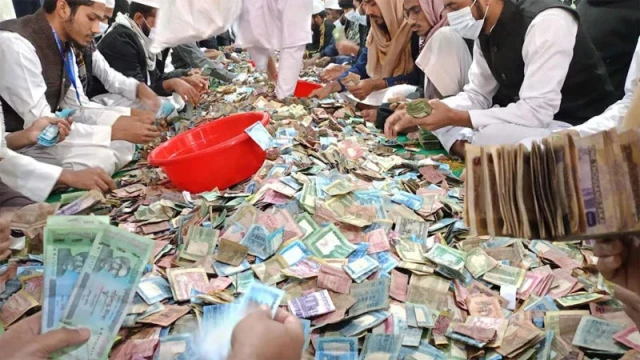
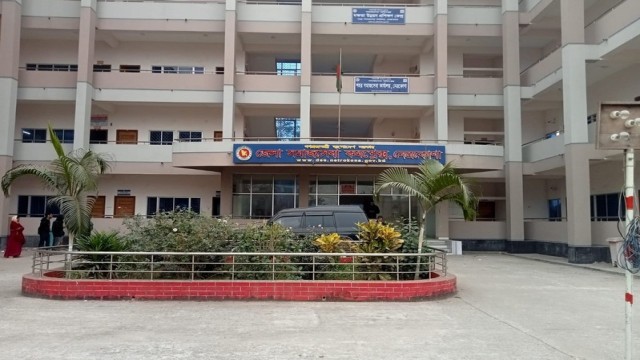

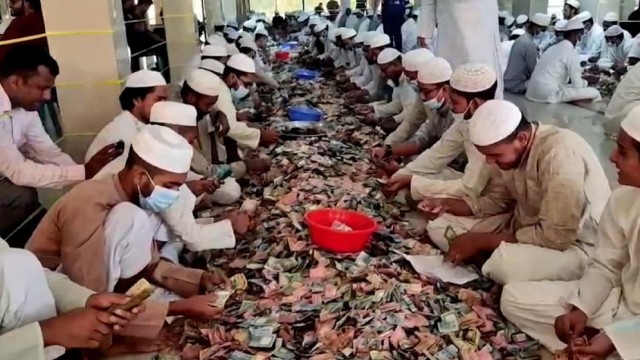
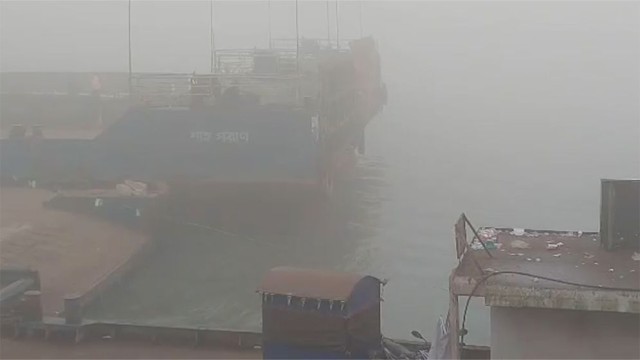


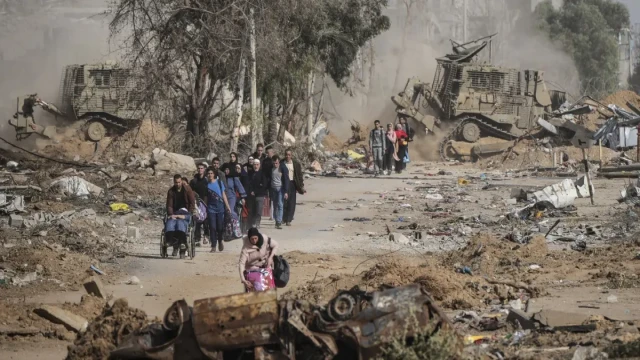
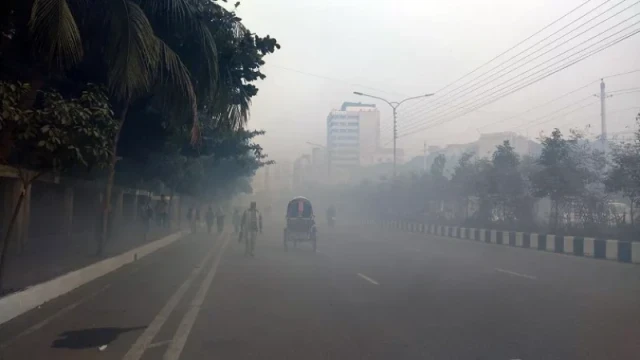
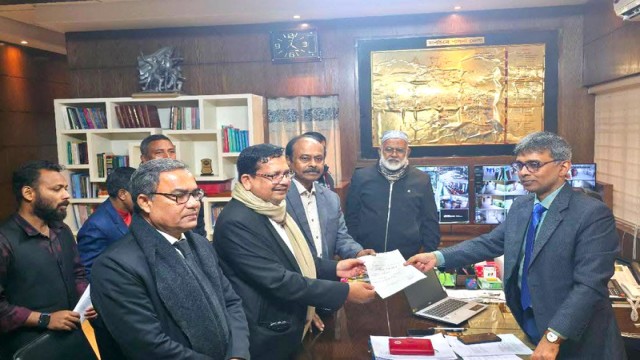
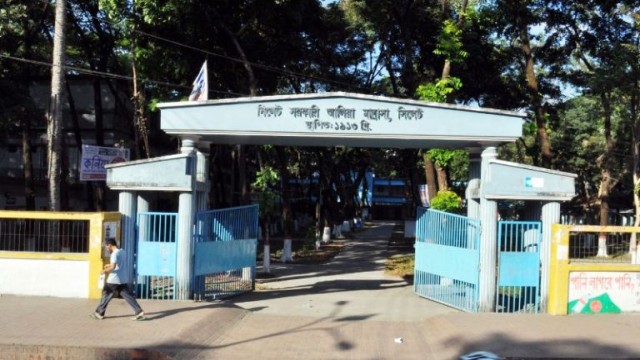
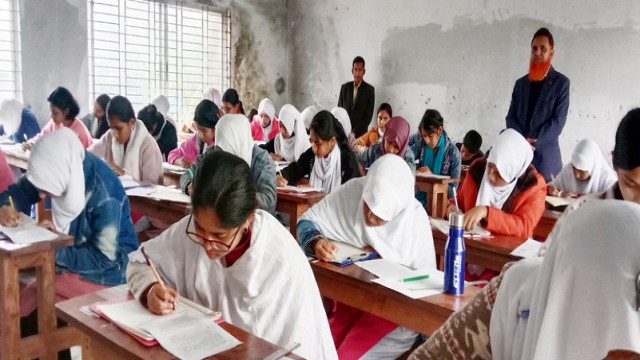








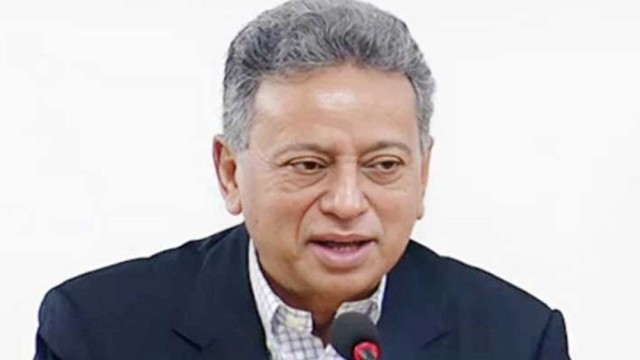
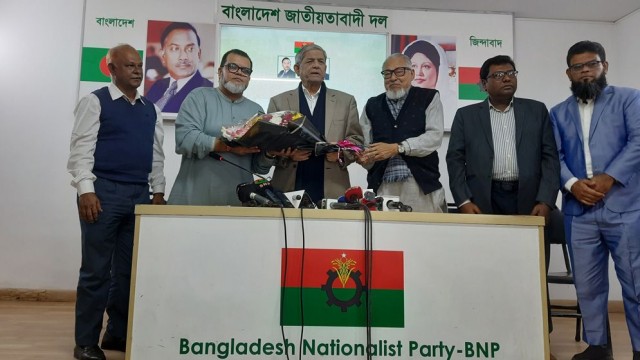

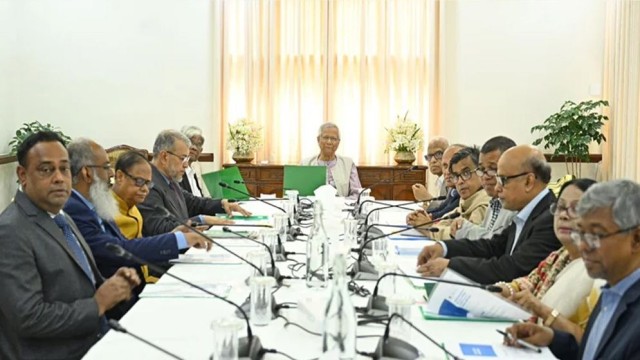


Comment: